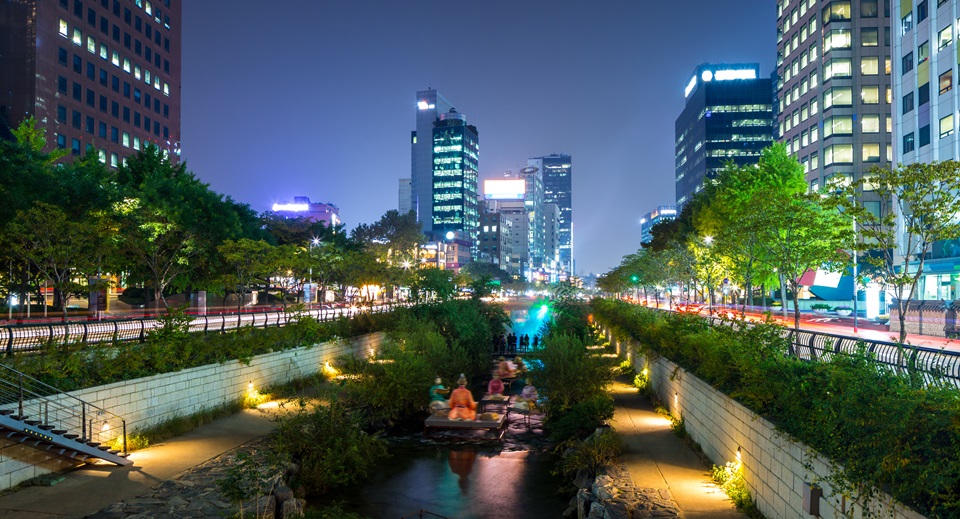Urban life is currently undergoing a transformation in cities worldwide. Through changing land use policies, high speed rail, and new technologies that foster online interaction, urban streets and public spaces are regaining their vitality.
Historically, city life has often been closely connected to residents’ use of public spaces on a daily basis. However, the perception of public spaces is often restricted to images of parks and squares.
Although streets, for example, count as public spaces, and generally represent the largest share of public space in a city, they are often forgotten as communal places. In large urban centers, roads dedicated to cars occupy on average 70 percent of total public space, leaving people with less than 30 percent.
How can public spaces be reactivated and redesigned to enhance urban quality of life? Three important factors are described in this article:
- Vibrant, flexible design. New approaches to revitalization, such as tactical urbanism, allow for a greater variety of uses of a space. Enhancing connectivity to that space is also essential.
- Reinforcement of the local economy. The restoration of a stream that had been buried under an highway for over half a century in downtown Seoul, South Korea and its repurposing as the Cheonggyecheon Park is perhaps the best example of the potential influence a public space can have on the local economy.
- Greening public space for physical and psychological health, and for urban resilience. The water-based greening of Cantinho do Céu Park in the Grajaú neighborhood of São Paulo, Brazil is offered as an example.
Photo of Cheonggyecheon via Adobe Stock.

